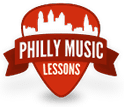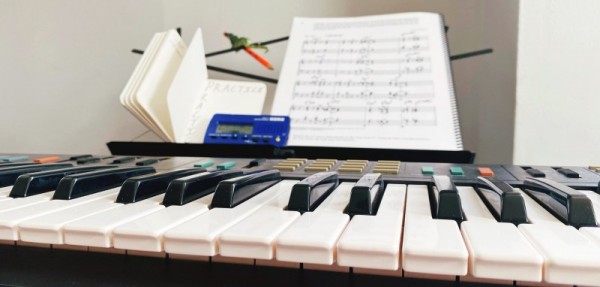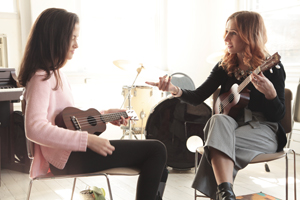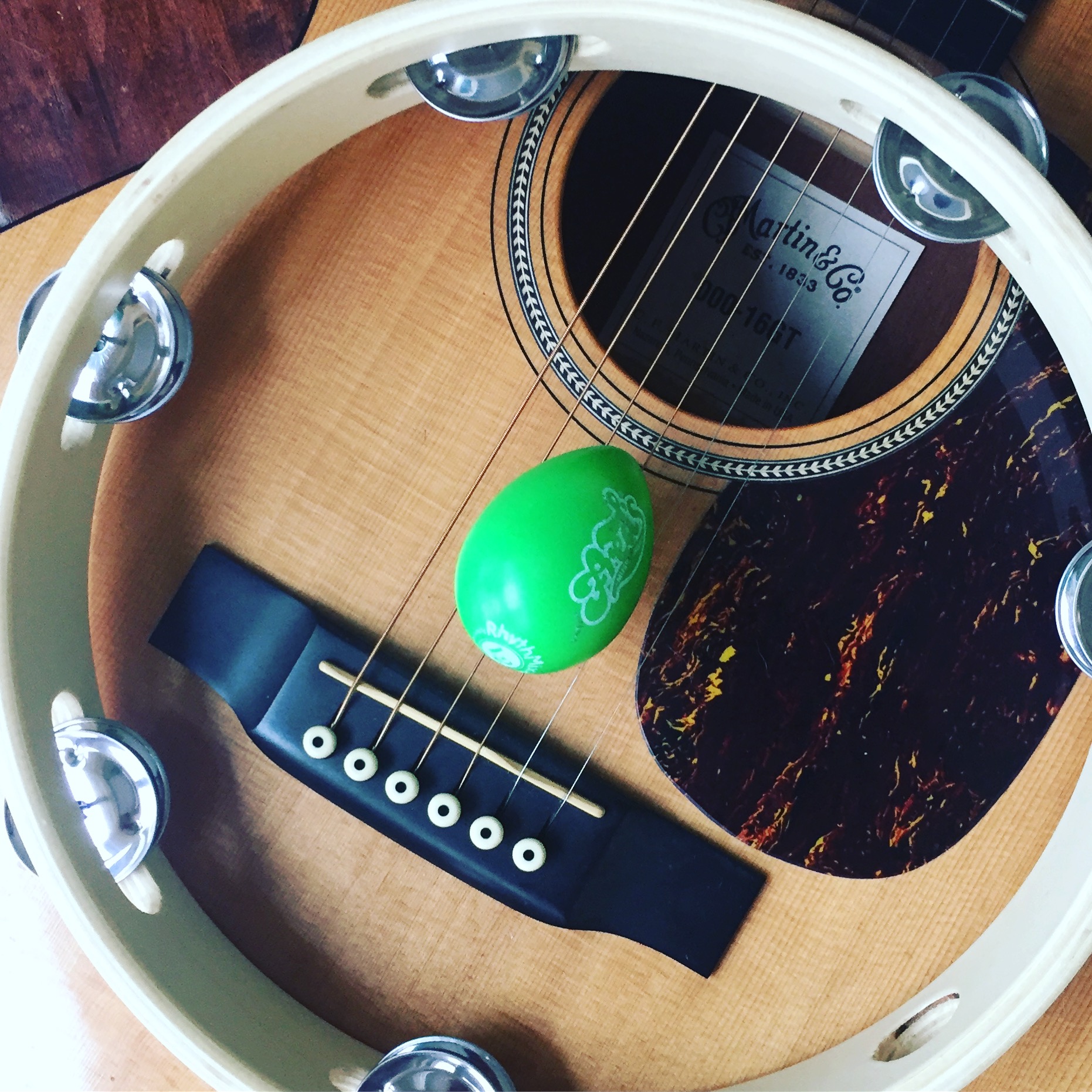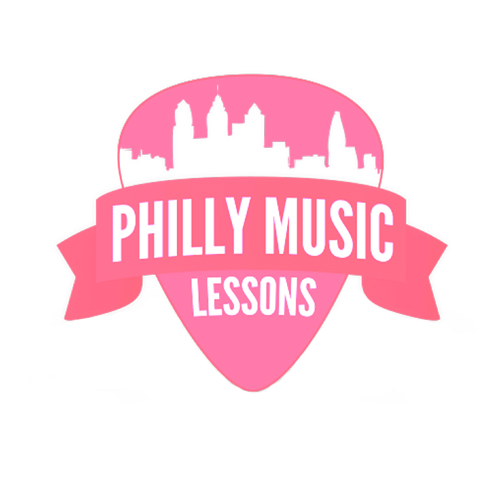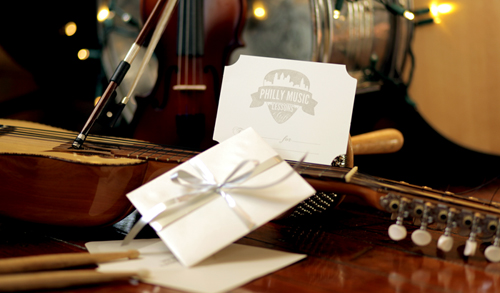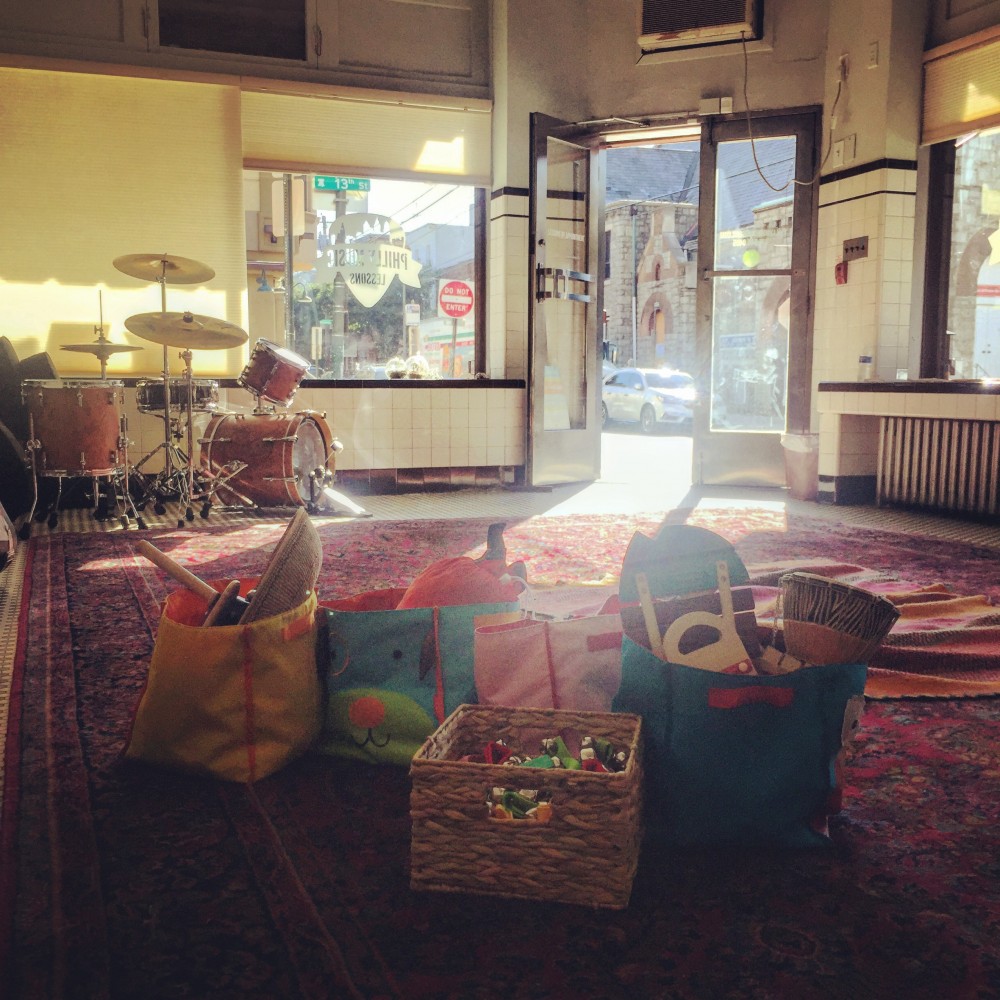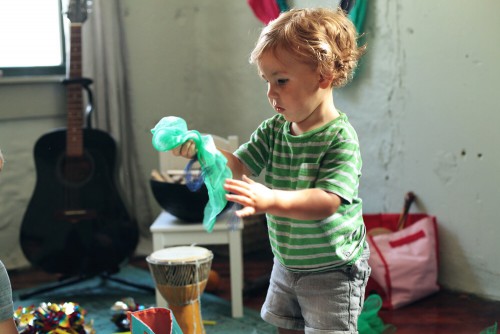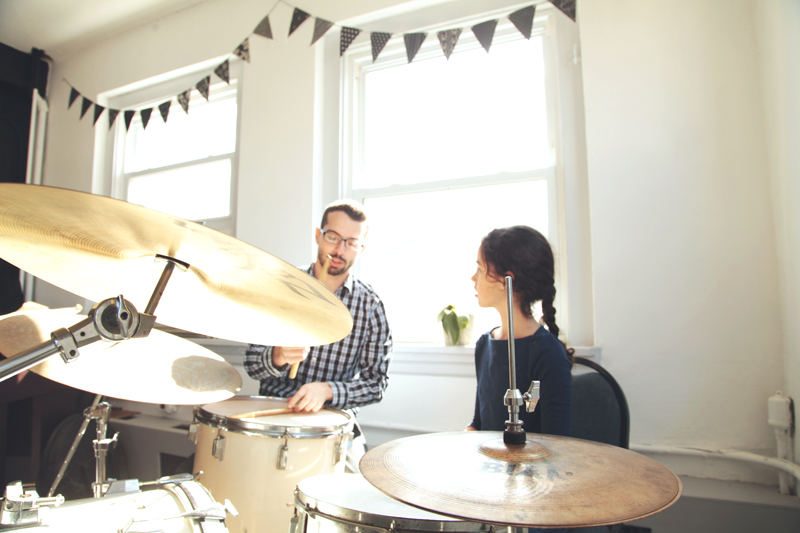Common Challenges for Beginner Musicians (and How to Overcome Them)
Starting your musical journey is an exciting time, but like any new skill, it comes with its challenges. As you pick up your instrument and begin to learn, you may encounter roadbl
Partnering with Local Schools – La Salle Academy
La Salle Academy: Expanding our Teaching Partnerships One of the core mission statements at Philly Music Lessons is that everyone deserves a chance to learn music. It drives us to
Our Fishtown Community, Our Story!
Fishtown Community Building Through Music A few years ago, we moved our music lessons business out of our basement and into a beautiful space down the street in Fishtown. Feeling
Baby and Tots Music Winter Schedule Updates!
Before the Christmas holiday and New Years, we have a few more December music classes to usher in the winter. Visit us this week and the following for some warm, cozy music classe
Unique Gifts for the Musically Minded
Shop Philly for the Holidays! Studios in Fishtown and South Philly In-Home Lessons in Philadelphia and The Main Line Gift Certificates from Philly Music Lessons The holidays are
South Philly Baby & Tots Music Classes, Ages 0-3
Hello South Philly! We’ve been having a good time over here in Passyunk Square, bringing our cheery little music classes to this side of town. We’ve met lots of new fac
What is Open Music? | Kids Music Classes
Philly Music Babies opened its shaker-clad circle to the Fishtown neighborhood a little over three years ago. With a lineup of songs, scarves, pinwheels, guitar, rhythm sticks, wr
Fall Recital 2016 Highlights
Students Showing Off Their Skills Taking lessons and practicing is something that all musicians have to spend most of their time doing, but it all pays off at the performance. Just
Music Practice Routines for Kids
How to Foster Good Habits and Develop Practice Strategies for Music Lessons As a parent, it’s natural to want your child to learn good study habits and time management skill
Kids Violin Class with Rentals & Other Fishtown Music Classes
Beautiful Tone, Beautiful Heart! Suzuki-Style Violin Class for Ages 3-5 “Teaching music is not my main purpose. I want to make good citizens. If children hear fine music from th
